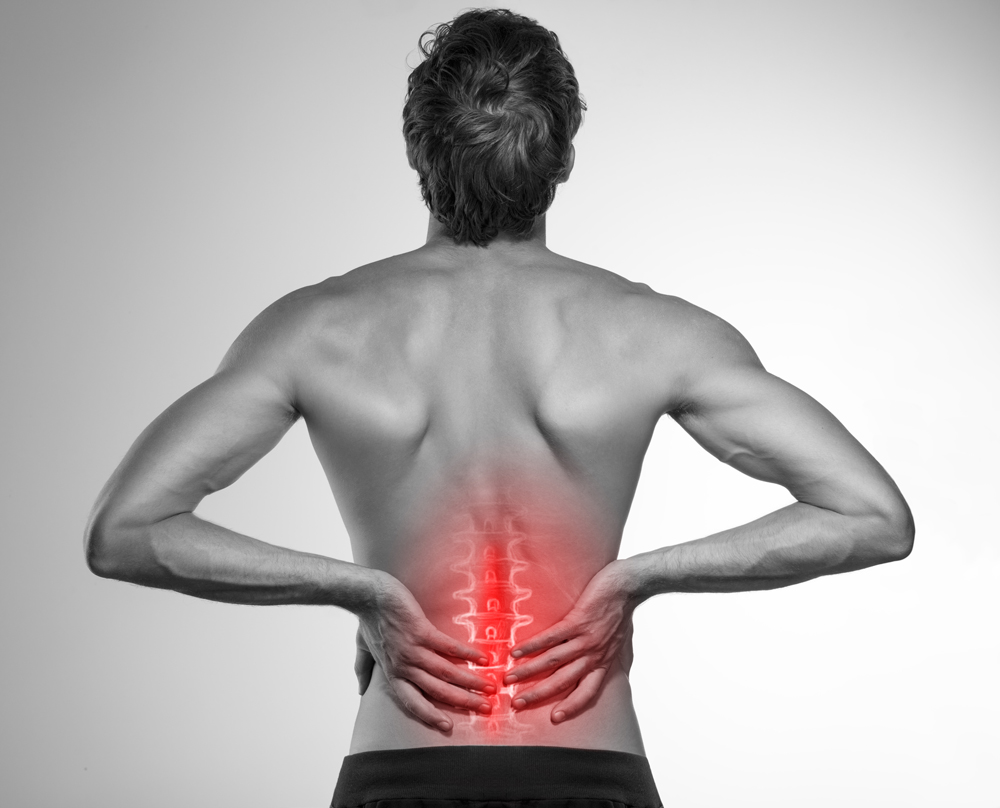-

-
About Us
- Our Vision
-
Personalized Care
Personalized Care Personalized Care Intro
Diagnostic Tests
- Digital X-Ray
- DynaROM
- 3D Body Scanning
- Gastrointentinal Health
- Organic Acids
- Comprehensive Stool Analysis
- Food Sensitivity
- Dietary Antigen Complete
- Endocrinology
- Thyroid Panel
- DUTCH Hormone Test
- Neurotransmitter Profile
- Adrenal Profile
- Nutritional Status
- Vitamin D
- Homocysteine
- Methylmalonic Acid
- Urine Iodine
- Organic Acids
- Copper Zinc Profile
- Essential Fatty Acid Profile
- RBC Metals & Minerals
- Toxic & Essential Elements
- RBC Elements
- Urine Toxic Metals
- Hair Metals & Minerals
- Urine Halides
Treatments
- Avacen Therapy
- Bioidentical Hormone Replacement Therapy (Anti-Aging)
- Chiropractic Care
- Electric Muscle & Nerve Stimulation
- Emsculpt Neo
- Emsella Treatment
- Erchonia Laser (Model EVRL)
- Exosomes
- Hair Restoration
- Headache & Migraine Treatment
- Hyaluronic Acid Injection
- Intersegmental Traction
- IV Nutrient Therapy
- Laser Lipo
- Massage Traction Chair
- PRP Facials
- PRP for Erectile Dysfunction
- PRP for Female Sexual Dysfunction
- PRP for Pain Relief
- PRP for Urinary Incontinence
- Semaglutide
- Shockwave Therapy for Cellulite & Skin Tightening
- Shockwave Therapy for Pain Relief
- Shockwave Therapy for Female Sexual Dysfunction
- Shockwave Therapy for Male Sexual Dysfunction
- Skin Rejuvenation
- Spinal Decompression
- TENS Unit
- Testosterone Replacement Therapy (TRT)
- Therapeutic Ultrasound
- Thyroid Care
- Trigger Point Therapy
- Durable Medical Equipment
- Ankle-foot Orthosis
- Cervical Rehab Coller
- Custom Foot Orthotics
- Lumbosacral Orthosis
- Osteoarthritis Knee Brace
- Wrist Brace
- FAQs
- Testimonials
- Pain Relief
- Weight Loss
-
Sexual Wellness
-
Anti-Aging
-
Resources
- Blog
- Video Library
- Store
-
Health Condition Library
Health Condition Library
- Ankle Osteoarthritis
- Bulging Spinal Disc
- Carpal Tunnel
- Cervical Degenerative Disc Disease
- Cervical Radiculopathy
- Elbow Bursitis
- Erectile Dysfunction
- Fatigue
- Female Hormone Imbalance
- Female Sexual Dysfunction
- Fibromyalgia
- Foot Arthritis
- Frozen Shoulder
- Golfer’s Elbow
- Hand Arthritis
- Headache
- Hip Bursitis
- Hip Osteoarthritis
- Hyperthyroidism
- Hypothyroidism
- Knee Bursitis
- Knee Osteoarthritis
- Low Testosterone
- Lumbar Degenerative Disc Disease
- Migraines
- Musculoskeletal Pain
- Obesity
- Osteoarthritis
- Plantar Fasciitis
- Plantar Fibroma
- Rotator Cuff Injury
- Sciatica Pain
- Shoulder Bursitis
- Shoulder Osteoarthritis
- Tennis Elbow
- Thoracic Degenerative Disc Disease
- Urinary Incontinence
- Weight Gain
- Wrist Arthritis
- Wrist Bursitis
- Contact
Understanding Low Back Pain

Introduction:
Low back pain, also known as lumbago, is a common ailment that affects millions of people worldwide. It can range from a dull, constant ache to a sharp, shooting pain that makes everyday activities challenging. In this comprehensive guide, we will delve into the various aspects of low back pain, including its symptoms, causes, and multiple treatment options.
Symptoms:
The symptoms of low back pain can vary from person to person, but some common signs include:
- Dull or aching pain in the low back region
- Stiffness and limited range of motion
- Radiating pain down the legs (sciatica)
- Muscle spasms or cramping
- Difficulty standing up straight or walking
Causes:
Low back pain can be caused by numerous factors, to include:
- Muscle strains or sprains: Overexertion, lifting heavy objects, or sudden movements can strain the muscles and ligaments in the low back, leading to pain.
- Herniated or bulging discs: The discs between the vertebrae can rupture or bulge, putting pressure on the nerves and causing pain.
- Degenerative conditions: Conditions like osteoarthritis, spinal stenosis, and degenerative disc disease can lead to low back pain as the structures in the spine deteriorate over time.
- Poor posture and ergonomics: Prolonged sitting or standing in improper positions can strain the muscles and lead to low back pain.
- Injuries or trauma: Accidents, falls, or sports-related injuries can cause fractures, sprains, or strains in the low back.
Treatment Options:
Fortunately, there are multiple treatment options available for managing low back pain. These include:
- Physical therapy: Targeted exercises and stretches can help strengthen the muscles in the low back, improve flexibility, and alleviate pain.
- Medications: Over-the-counter pain relievers, such as nonsteroidal anti-inflammatory drugs (NSAIDs), can help reduce pain and inflammation. In severe cases, prescription medications or muscle relaxants may be necessary. Although NSAIDs do reduce inflammation to temporarily relieve pain, they are responsible for 30% of hospital admissions for adverse drug side effects, mainly due to bleeding, heart attack, stroke, and kidney damage. In addition, from the first day of use, all NSAIDs increase the risk of gastrointestinal (GI) bleeding, myocardial infarction, and stroke.
- Heat and cold therapy: Applying heat or cold packs to the affected area can help reduce inflammation and alleviate pain.
- Chiropractic care: Spinal adjustments and manipulations performed by a chiropractor can help realign the spine and relieve pressure on the nerves.
- Injections: Injections can provide temporary pain relief by reducing pain and inflammation in the affected area. Side effects of cortisone, which is commonly injected for joint pain, includes thinning of the skin, easy bruising, weight gain, puffiness of the face, elevation of blood pressure, cataract formation, thinning of the bones, and a rare but serious form of damage to large joints (avascular necrosis). Due to risks, patients may only get this treatment once every several months.
- Surgery: In rare cases where conservative treatments fail to provide relief, surgical intervention may be necessary to address underlying structural issues.
Conclusion:
Low back pain is a common and often debilitating condition that can significantly impact a person’s quality of life. By understanding its symptoms, causes, and treatment options, individuals can take proactive steps to manage and alleviate their low back pain. Remember, it is always advisable to consult with a healthcare professional for an accurate diagnosis and appropriate treatment plan.








